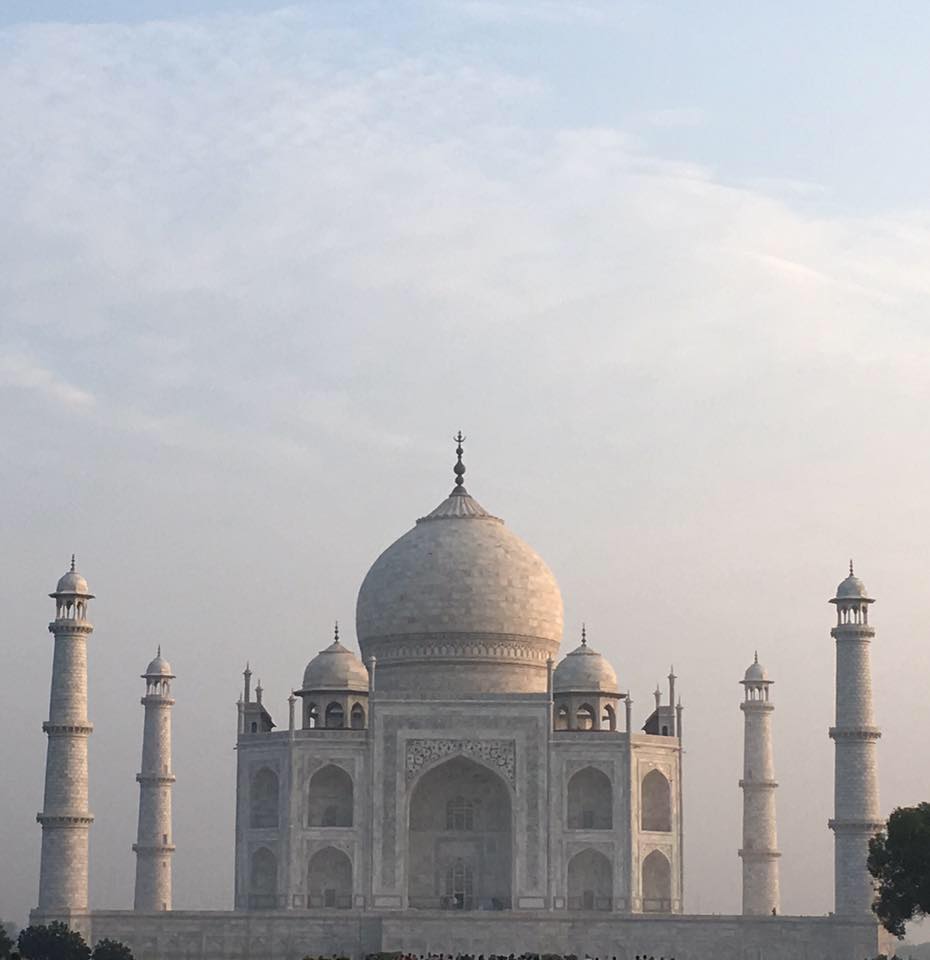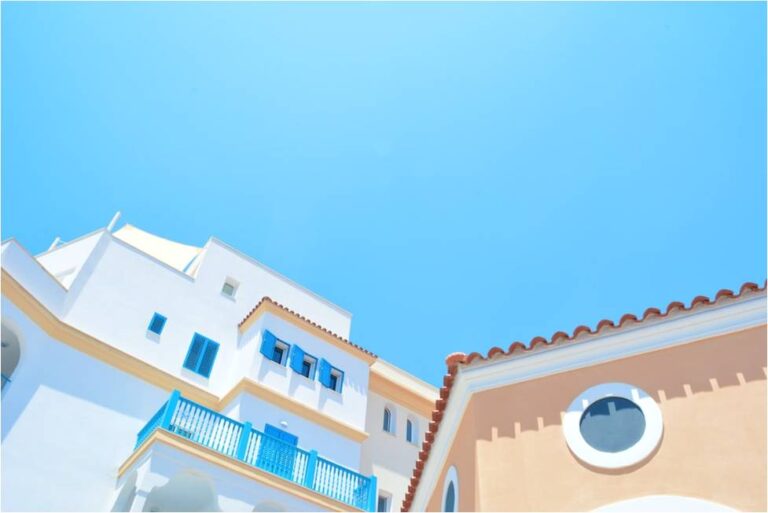
Symbol of Love Taj Mahal Picture CopyRight @ M K Paul
India is an ancient country. It is bestowed with the presence of diverse culture and heritages. India is not only culturally rich but historically the country entails a long story of its richness. It has glorious history with ancient times. There are many tragic incidents in the history of India, which are described in the historical places of India today. There is no shortage of historical places in India. To see these sights, not only people from our country, but also foreign tourists come every year.
Almost all the historical places of India read the story of heroism, patriotism, humanity, love and sacrifice. Most of these sites are abundant with scenic beauty. I have visited many historical places in India, but the beauty of the Taj Mahal attracts me again and again. From the point of view of architecture, Taj Mahal is a beautiful model of artistic creation. It is often called a unique chapter in the book of Indian history since many incidents, perspectives and viewpoints are attached with it.
It was the month of October last year when I was there at Taj Mahal with my family. Rajdhani Express took us to Indian capital city Delhi from Howrah Station. We were there at Delhi for 3days, then we reached Agra by Bus. We were very excited about Taj Mahal. Next day, we took an early start and reached to the monument of eternal love. As we entered the main gate, the blowing wind was, as if, telling the story inscribed in the white marbles of the Taj. A local guide accompanied us and began to tell the history of the place.
It is calculated among the seven wonders of the world. With the Taj Mahal, the romantic side of Mughal emperor Shah Jahan is attached. He constructed this in memory of his Begum Mumtaz Mahal. Thousands of artisans have cooperated with their talents for years. In fact, the diligence carried out in the construction of the Taj Mahal for years has been clearly visible even today. Looking at the Taj Mahal located in the Agra city of Uttar Pradesh, presently its construction is not easy to imagine. It is a scenic spot as well as an architectural model from the historic point of view.
Some unknown features of Taj Mahal–
- It is considered as a symbol of love and romance, since it was built by Shah Jahan for his beloved wife, Mumtaz Mahal.
- The entire structure is made of purely white marble and had been procured from Makrana in Rajasthan.
- The pattern in the Taj Mahal are octagonal chambers all connected with the help of diagonal passages; it is, in fact, quite a similar pattern to the one used in Humayun’s tomb in Delhi.
- There are beautiful minarets situated on each of the four corners of the main structure.
- Taj Mahal has a number of pretty gardens, sparkling pools and cheery fountains.
History of Taj Mahal –
Taj Mahal is located on the right bank of Yamuna river and south of Agra city. Taj Mahal is the world’s most beautiful building. This entire building is made of white marble. The construction work of this monument, symbolized by the lush green gardens on the right side of the Yamuna, was started in 1631, which was completed in 1653.
The Taj Mahal is built on design traditions of Persian and earlier Mughal architecture. Mainly the inspiration came from successful Timurid and Mughal buildings including the Gur-e Amir (the tomb of Timur, progenitor of the Mughal dynasty, in Samarkand), Humayun’s Tomb, Itmad-Ud-Daulah’s Tomb (sometimes called the Baby Taj), and Shah Jahan’s own Jama Masjid in Delhi. Earlier Mughal buildings were primarily constructed of red sandstone.
Shah Jahan preferred the use of white marble with semi-precious stones. Buildings under his encouragement reached new levels of refinement. The materials used to make this monument, are derived from various sources. Mainly White stones were brought from Nagrar based Makrana and red stones were recommended from Dhaulpur and Fatehpur Sikri. Yellow and black stones were erected from Nirbad and Charakoh. Some precious stones and gold and silver items were procured from some prominent emperors and from abroad. Some goods were also imported from far-flung areas. There is a different opinion among historians about the cost incurred on the construction of the Taj Mahal. Some historians say that Rs 3 crore was spent in the construction of the Taj Mahal at that time.
How to reach there?
Taj Mahal is situated in the city of Agra, which is in turn located at 204 kilometers to the south of Delhi.
- By Road –There are bus services that can help you to reach in Agra from a bunch of important cities, such as Delhi, Jaipur, Mathura and Fatehpur-Sikri, among others. Local transportation then can get you to the place.
- By Rail –The rest of the nation can easily reach Agra with the help of railways. There are three stations, the main Agra Cantonment as well as two others of Raja-Ki-Mandi and Agra Fort, which are near Taj Mahal. Trains such as Rajdhani, Taj Express, Shatabdi and Palace on Wheels are the main ones which can you to Agra from Delhi.
- By Air –The city of Taj, Agra has its own airport, which can be accessed by any airlines from all over the nation.
More on Taj Mahal –
This was about the history of the Taj. Now coming back to visit of Taj Mahal, at entrance, there was a huge stone door which has the rectangles of Koran Sharif written with white stone. According to Supreme Court order, tourists will have to go through the X-ray equipment and metal detectors before entering the Taj Mahal. Work has been started on behalf of the government too.
Next to the main entrance to the Taj, between the beaches of the charming and grand gardens, was a road equipped with peacock trees. The cold breeze blowing through the Taj was reminding us every time about the romantic stories related to the historical monument. In the middle, there was a beautiful lake in which the colorful fishes float. To enter inside, one has to climb on a large marble stacked floor. Its texture is also very romantic. Four towers talking to the sky on the four corners of the platform are raised in pride, in this way, the head is lifted up as if there are four guardians of the Taj Mahal so that no one will spoil the beauty of the Taj.
Our guide gave us some more basic information. The tomb was the central focus of the entire complex of the Taj Mahal. It was a large, white marble structure settled on a square plinth and consists of a symmetrical building with an iwan or an arch-shaped doorway, topped by a large dome and finial. The structure of the base was a large multi-chambered cube which formed an unequal eight-sided structure that was approximately 55 metres (180 ft) on each of the four long sides.
The corners of the base structure were skillfully chamfered. Each side of the iwan was framed with a huge pishtaq or vaulted archway with two similarly shaped arched balconies stacked on either side. This motif of stacked pishtaqs was replicated on the chamfered corner areas, making the design completely symmetrical on all sides of the building. The false sarcophagi of Mumtaz Mahal and Shah Jahan was there in the main chamber. The actual graves are at a lower level. The interior design of the tomb was real eye-catching. All the walls were carved with beautiful design, emphasizing Muslim traditions. The domes and vaults of the sandstone buildings were worked with tracery of incised painting to create elaborate geometric forms.
The Mughal Garden or Charbagh is the jewellery of the Taj. The complex is set around a large 300-metre (980 ft) square area. There are several raised pathways in the garden that divide each of the four quarters of the garden into 16 sunken parterres or flowerbeds. Halfway between the tomb and gateway in the centre of the garden, there is a raised marble water tank. The reflecting pool is positioned in the water tank in such a manner that it will reflect the image of the mausoleum.
Elsewhere, the garden is laid out with avenues of trees labelled according to common and scientific names and fountains. The Charbagh garden, a design which came from Persian inspiration, was introduced by Babur, the first Mughal emperor. The design of garden stands for the four flowing rivers of Paradise, reflecting the heavenly garden derived from the Persian Paridaeza, meaning ‘walled garden’. Most Mughal gardens are rectangular with a tomb or pavilion in the centre. The Taj Mahal garden is unusual in that the main element, as the tomb is located at the end of the garden.
Conclusion –
It was a great tour for us. We, not only breathe the essence of eternal love, but also, we have seen our thick traditional history. We didn’t want to lose any of these moments. So, the photo session was running with our tour. We took around 200+ photos, still we wanted more. Grasping every moment of tour, we came back to the hotel. The best attraction of your holidays was finally over.
Later we came to know that more recently, Supreme Court has ordered the Taj to be opened in the night. The Taj Mahal will open in five days in the night – two days before the full moon, full moon, and two days later. 400 people will be admitted in the Taj Mahal every night. A group of 50-50 people will be able to go to the Taj Mahal campus at the same time for 30 minutes. We were totally unaware of that. We missed the chance of experiencing the beauty of Taj in Moonlight.
Each historical site has its own importance. The significance of the Taj Mahal is in its architectural craft and beauty, which has made it unique. In addition, the love of Shah Jahan has made a successful attempt to infuse life in this beautiful building. By seeing the Taj Mahal, the lovers themselves sing songs of love. That’s why this is my favourite historical place. Whenever I shall get the opportunity, I feel happy to be with the beauty of the Taj Mahal again.
Other things to see in Agra –
If you want to explore more around Agra, there are many things to visit other than Taj Mahal, such asAgra Fort, Mehtab Bagh, Itimad-ud-Daula Tomb, Kinari Bazaar, Korai Village and Taj Nature Walk, to name a few.
Also read the tourist destination: Jaipur

Author : Dibyo Roy,Kolkata,


